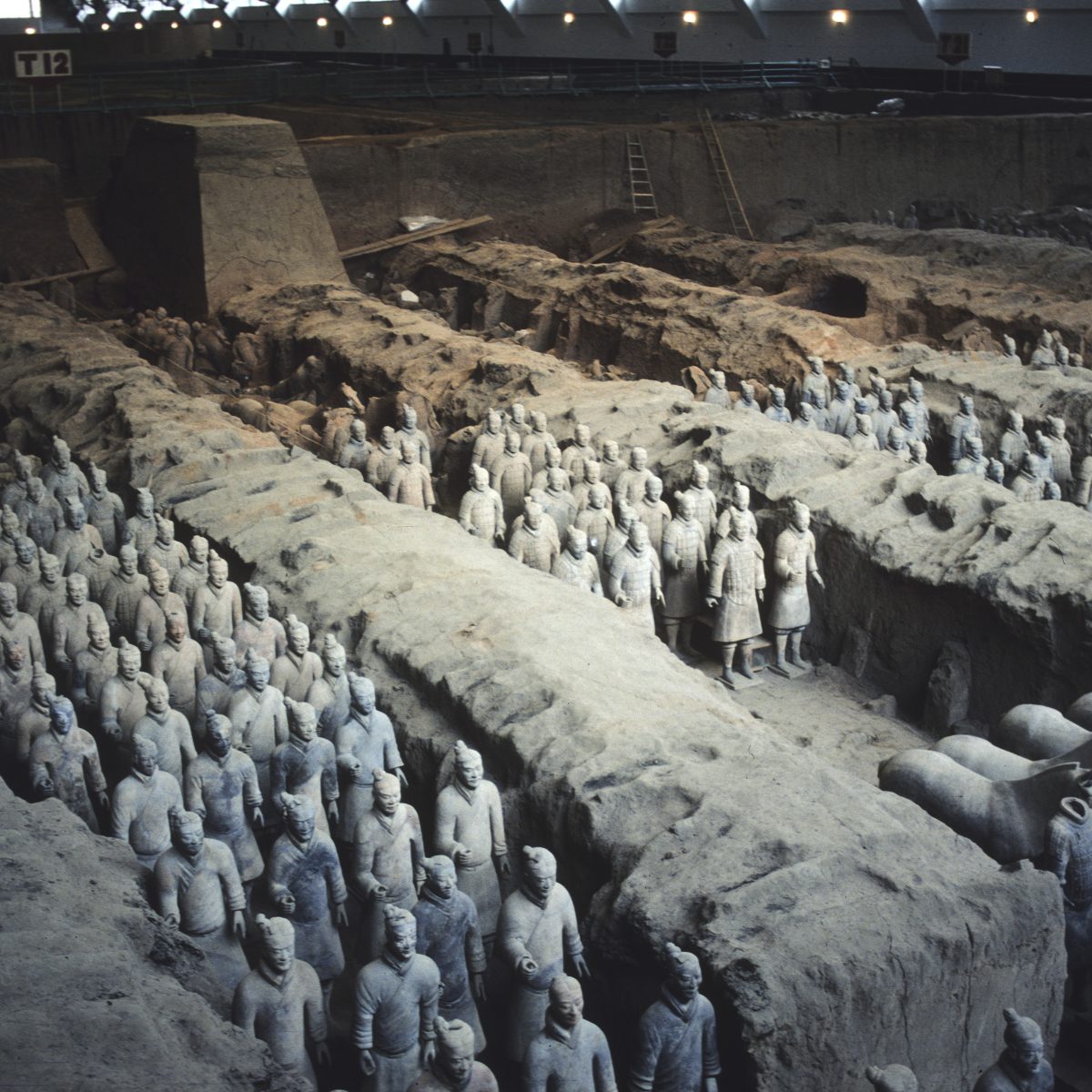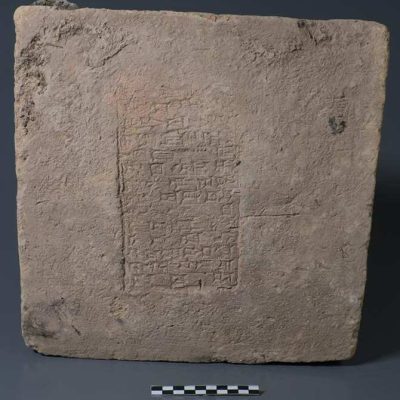In a groundbreaking discovery, researchers from the University of Oxford have uncovered three Roman military camps in the Jordanian desert. The camps are believed to be part of a previously unknown Roman military campaign during the conquest of the Nabataean Kingdom in 106 AD. The Nabataean civilization originated in the famous city of Petra, located in modern-day Jordan. Dr. Michael Fradley, who led the investigation, stated that there is little doubt about the dating of the camps, as they have the typical shape of a playing card with opposing entrances on each side. The westernmost camp is significantly larger than the two eastern camps, indicating that it may have served a different purpose.
The discovery of these camps sheds new light on the Roman campaigns in the Middle East. According to Dr. Mike Bishop, the Roman forts and fortresses show how Rome held a province, but the provisional camps reveal how they acquired it. The military camps were provisional defense stations that the Romans used to protect themselves during their campaigns. The preservation of the camps is remarkable, considering that they may have been used for only a few days or weeks. They were located along a peripheral caravan route that connects Bayir and Dûmat al-Jandal, suggesting a strategy to bypass the more heavily trafficked route through Wadi Sirhan, giving the attack an element of surprise.
The distance between the camps is 37 to 44 kilometers, indicating that they could not have been covered by infantry in a single day. The researchers believe that a cavalry unit, possibly riding camels, covered the distance in a day. The newly discovered camps extend in a straight line to Dûmat al-Jandal in modern-day Saudi Arabia, which was a settlement in the east of the Nabataean Kingdom at the time. This suggests that Rome had to force its conquest, while the recorded Roman history states that the transfer of power was a peaceful event at the end of the reign of the last Nabataean king. Archaeologists still need to confirm the dating of the camps through on-site investigations. There are also other questions that need to be answered, such as why the capacity of the western camp is twice that of the other two camps.










